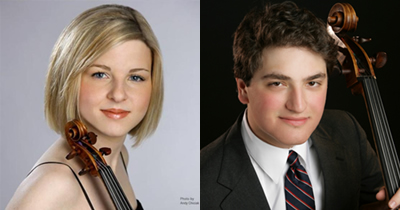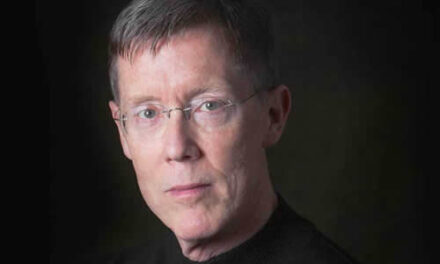The Winston-Salem Symphony’s debut concerts of the 2006-07 season, celebrating the orchestra’s 60th anniversary, opened… or rather, closed with a bang! Even better, the concert closed with a volley of bangs as drummers and dancers of Senegalese origin filled the stage of the Stevens Center to perform Sabar: Concerto for African Drum Ensemble and/or Orchestra, by Arizona composer, James DeMars.
Maestro Moody remarked to the full house on Tuesday night that music has always looked outside itself for new ideas and for inspiration. Much as composers like Dvorak and Stravinsky turned to the New World, composers of the 21st century are now turning to Africa for new sources of ideas and sounds. And what could be more inspiring than “talking” drums – or more exciting!
This half-hour concerto is divided into four movements, with the third leading into the fourth without a pause by means of an extended cadenza for the four drummers. The third movement was especially captivating with its use of mallet instruments (marimbas and xylophones mostly) over string pizzicatos and slaps on the bodies of the instruments themselves. It turned out to be a jazzy intermezzo that I would love to hear again.
The rest of the concerto was also very engaging, starting with the wailing of the trombone in its highest Muezzin register. The boundless energy of the first movement with its anticipated yet abrupt ending gave way to a somber and reflexive second movement, with string ostinato of parallel fifths evoking the rituals of the elders from Stravinsky’s monumental Sacre du Printemps. Notable solos from the English horn (Cara Fish) and a mournful cello drone (Beth Vanderbourgh) added character and color to this lugubrious movement. The finale was a movement to highlight the virtuosity of the drummers, two African- American and two Senegalese, and came to a monumental climax before ending much like the first movement.
The Otesha Creative Arts Ensemble highlighted portions of the third and fourth movements, adding an extra visual “zing” to the already saturated atmosphere of the evening. The brilliant colors of their costumes were matched by the frenetic pace of the dancing. The nationally known Otesha ensemble is based in Winston-Salem, where it was created 32 years ago.
The concert opened with a fast paced Egmont Overture by Beethoven, followed by the ever popular and frequently performed Firebird Suite by Stravinsky, in the 1919 version. It is ironic that most orchestras perform this version, which for a time was for sale on the open markets, rather than the 1945 revision which is far more complete but exorbitantly expensive for smaller orchestras to rent.
A sartorial note: the Winston-Salem Symphony has up-graded its men’s clothing by adopting tails and white ties as its formal wear. These looked splendidly elegant on Tuesday night, but uncomfortably over-dressed on Sunday afternoon. The Boston Symphony under the leadership of Erich Leinsdorf in the 1960s abandoned formal wear entirely, and the next Music Director, Seiji Ozawa never wore a bow tie, preferring a fancy turtle neck. If indeed orchestras still insist on the traditional European look of tuxes, tails and evening gowns, then that same tradition dictates long ties, not bow ties for afternoons!












